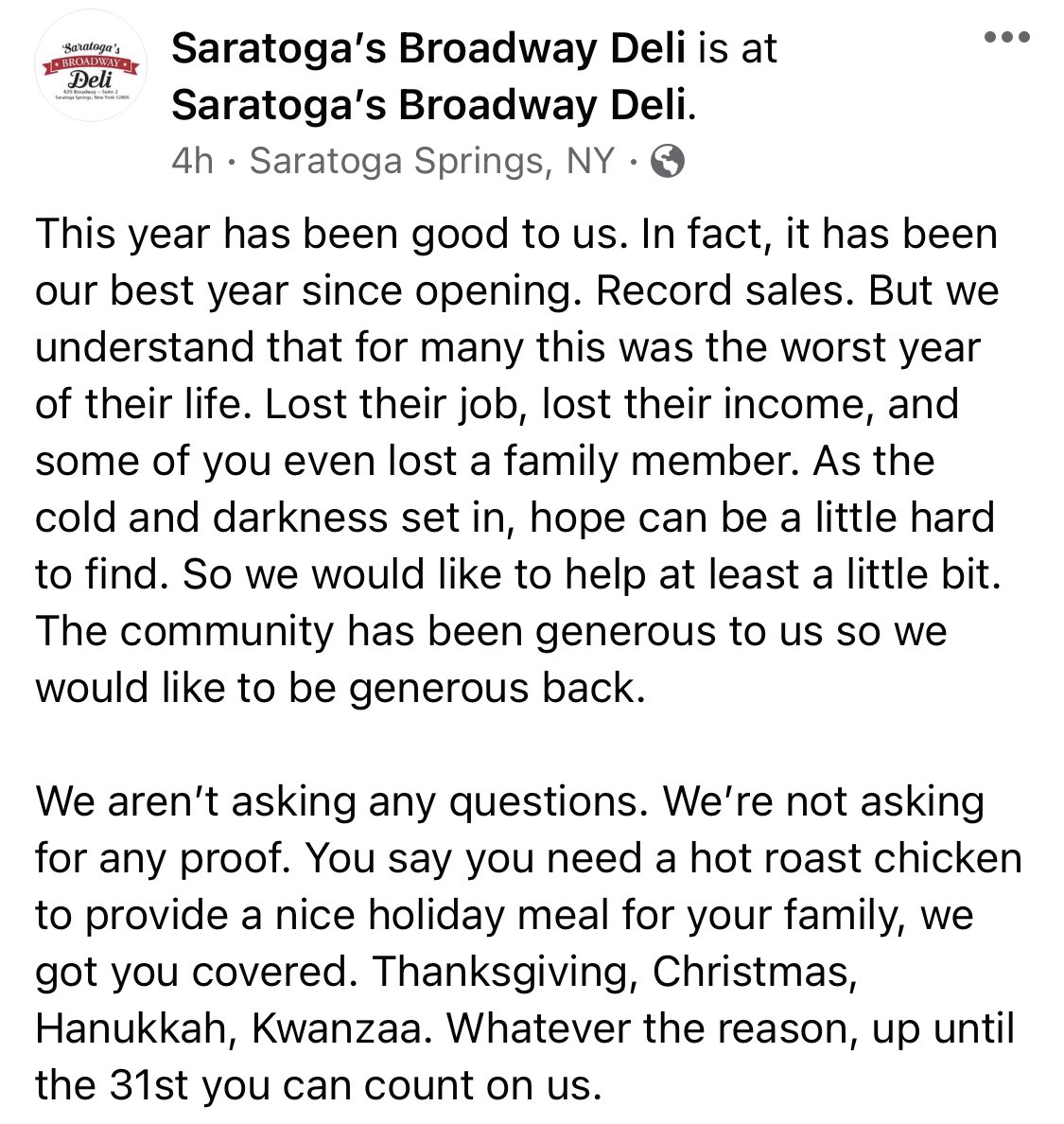
NEW RESULTS:
Rapid Antigen tests work v well!
Not all are same - Some much better than others
This paper is a masterclass of how to study AND interpret the use of #COVID19 rapid antigen tests!
Best study IMO to date of how to think about these tests
medrxiv.org/cgi/content/sh…
Rapid Antigen tests work v well!
Not all are same - Some much better than others
This paper is a masterclass of how to study AND interpret the use of #COVID19 rapid antigen tests!
Best study IMO to date of how to think about these tests
medrxiv.org/cgi/content/sh…
The paper 👆by one of the leading groups in the world on #COVID19 testing @c_drosten.
The paper supports precisely what we have shown in our research for these tests to be used as powerful public health screening tools to slow/stop outbreaks
medrxiv.org/content/10.110…
The paper supports precisely what we have shown in our research for these tests to be used as powerful public health screening tools to slow/stop outbreaks
medrxiv.org/content/10.110…
The paper evaluates multiple antigen tests and finds a wide variety of specificities and analytical sensitivities
Drives home message that not all antigen tests are the same! These tests use antibodies to capture the virus and these will induce potentially major differences
3/
Drives home message that not all antigen tests are the same! These tests use antibodies to capture the virus and these will induce potentially major differences
3/
It finds that the rapid antigen tests - as expected - will detect people when they are infectious!
Goes into detail but ultimately finds that some of the leading rapid tests can detect down to small amount of virus (relative to how high virus grows)
4/
Goes into detail but ultimately finds that some of the leading rapid tests can detect down to small amount of virus (relative to how high virus grows)
4/
It explicitly does NOT compare sensitivity of rapid Ag to PCR test positives because @c_drosten knows what he is doing! Directly comparing antigen to RNA test needs extreme care and nuance - which thus far only few have figured out how to do appropriately. This does it well
5/
5/
This paper also does not look at symptomatic vs asymptomatic use... But WHY??
Bc the test DOES NOT CARE about symptoms. Clinical medicine cares. A public health test for contagiousness ONLY CARES ABOUT VIRUS presence
I wish @US_FDA could understand this
6/
Bc the test DOES NOT CARE about symptoms. Clinical medicine cares. A public health test for contagiousness ONLY CARES ABOUT VIRUS presence
I wish @US_FDA could understand this
6/
The paper also finds exceptional specificity (>99%) of the leading rapid antigen tests like the @AbbottNews PanBio (not available in US - sorry) which agrees in full with the Abbott BinaxNOW test amd other studies
THESE CAN BE APPROPRIATE AS PUBLIC HEALTH SCREENING TESTS
7/
THESE CAN BE APPROPRIATE AS PUBLIC HEALTH SCREENING TESTS
7/
there are false positives 1 in a few hundred. Repeat on same test cut it in half. And repeat on another test cut it by another 10-fold or more.
So we MUST create algorithms to couple rapid antigen tests together: test 1 screen and if pos, confirm w test 2.
8/
So we MUST create algorithms to couple rapid antigen tests together: test 1 screen and if pos, confirm w test 2.
8/
Or couple with new generation of molecular tests that will become available
PCR-like tests that are rapid and done at home - like @HomodeusInc and others. Screen daily with antigen test and IF pos, confirm with at-home (or at work/school/nursing home) rapid molecular test
9/
PCR-like tests that are rapid and done at home - like @HomodeusInc and others. Screen daily with antigen test and IF pos, confirm with at-home (or at work/school/nursing home) rapid molecular test
9/
The tools exist & work!!! They are available around the world - but not allowed in US for screening (WTF, why!!??)
We can do this -we just need to approach this pandemic as one major public health problem and not a lot of individual medical problems!
Strategy Is needed!
10/10
We can do this -we just need to approach this pandemic as one major public health problem and not a lot of individual medical problems!
Strategy Is needed!
10/10
Maybe most important line in the paper:
“Although many caveats remain, the point in the course of the first week of symptoms at which AgPOCT results turn negative may thus indicate the time at which infectivity resolves.”
YES exactly @c_drosten! Agree in full!
“Although many caveats remain, the point in the course of the first week of symptoms at which AgPOCT results turn negative may thus indicate the time at which infectivity resolves.”
YES exactly @c_drosten! Agree in full!
• • •
Missing some Tweet in this thread? You can try to
force a refresh





